Get a custom course package
We may not have any package deals available including this course. If you enquire or give us a call on +44 1344 203999 and speak to our training experts, we should be able to help you with your requirements.
Module 1: Introduction to Software Development Life Cycle
Module 2: SDLC Models
Module 3: SDLC Phases
Module 4: Software Testing in SDLC
Module 5: Software Development Methodologies
Module 6: Predictive Vs Adaptive SDLC Models
Module 7: Guidelines for Secure Software Development Life Cycle
Module 8: Agile Software Development
Module 9: Lean Software Development (LSD)


The Software Development Lifecycle Training is designed for professionals seeking to gain a comprehensive understanding of the entire software development process. This Software Engineering Course will benefit the following professionals:
There are no formal prerequisites to attend the Software Development Lifecycle Training Course. However, a basic knowledge of Software Development would be beneficial.
Embark on an in-depth exploration of the Software Development Lifecycle (SDLC), a pivotal framework guiding the end-to-end process of creating and delivering software. In our technology-driven era, understanding SDLC intricacies is essential for success in software engineering, ensuring a structured approach to development from conception to deployment.
Professionals in software development, project management, and quality assurance benefit immensely. Mastering this subject is particularly vital for those aiming to enhance project efficiency, deliver high-quality software, and navigate the dynamic landscape of modern software engineering.
The Knowledge Academy's 2-day Software Engineering Courses ensures delegates grasp the Software Development Lifecycle intricacies. Participants gain practical insights into each phase, from planning to deployment, equipping them with the skills needed for effective software development. This Software Engineering Course is tailored to empower professionals with the knowledge required to seamlessly integrate each phase of the lifecycle into their software engineering practices.
Course Objectives
Upon completion of this Software Engineering Course, delegates will benefit from a heightened ability to navigate the Software Development Lifecycle, ensuring they can contribute significantly to efficient project management and the delivery of high-quality software in today's competitive Software Engineering landscape.




Why choose us
Experience live, interactive learning from home with The Knowledge Academy's Online Instructor-led Software Development Lifecycle Training. Engage directly with expert instructors, mirroring the classroom schedule for a comprehensive learning journey. Enjoy the convenience of virtual learning without compromising on the quality of interaction.
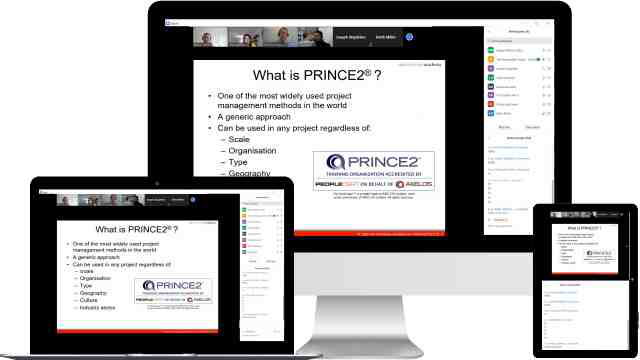
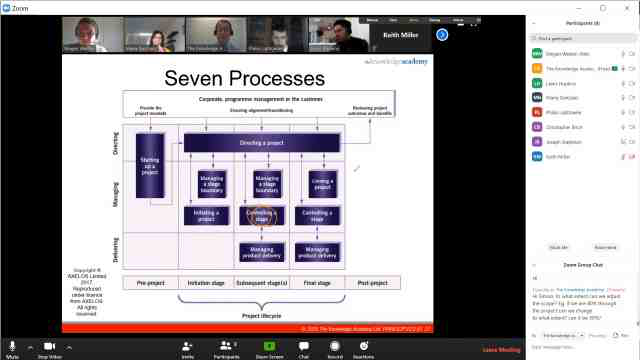
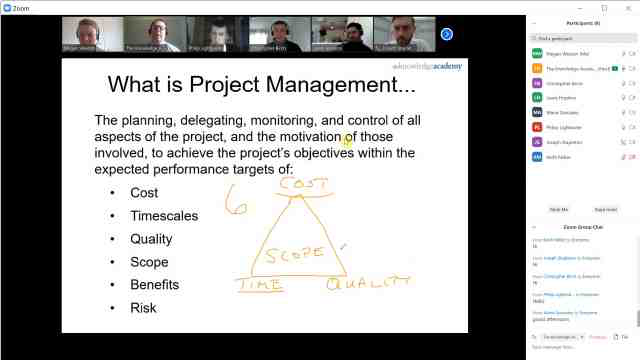

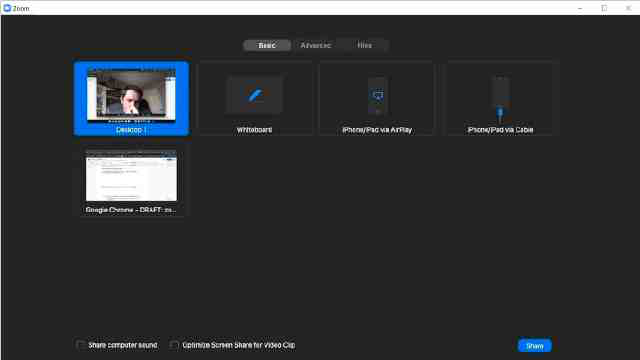
Unlock your potential with The Knowledge Academy's Software Development Lifecycle Training, accessible anytime, anywhere on any device. Enjoy 90 days of online course access, extendable upon request, and benefit from the support of our expert trainers. Elevate your skills at your own pace with our Online Self-paced sessions.
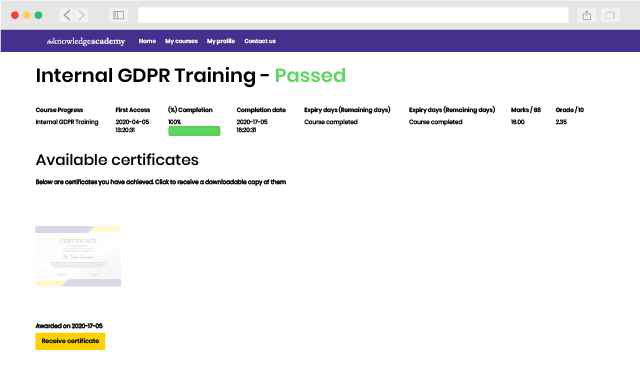
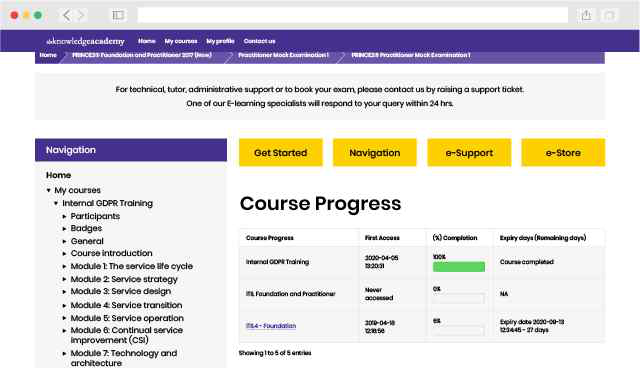
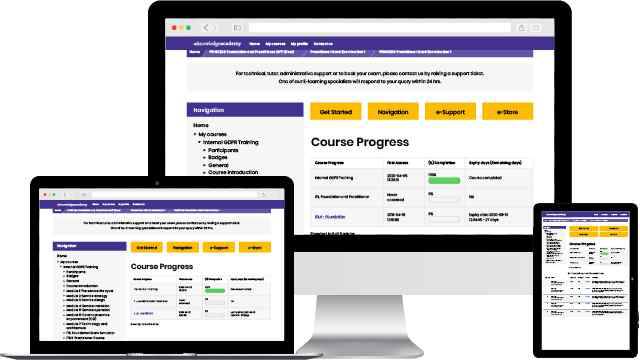
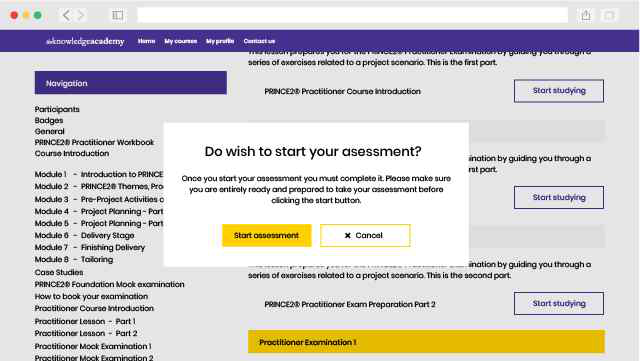

Experience the most sought-after learning style with The Knowledge Academy's Software Development Lifecycle Training. Available in 490+ locations across 190+ countries, our hand-picked Classroom venues offer an invaluable human touch. Immerse yourself in a comprehensive, interactive experience with our expert-led Software Development Lifecycle Training sessions.

Boost your skills with our expert trainers, boasting 10+ years of real-world experience, ensuring an engaging and informative training experience

We only use the highest standard of learning facilities to make sure your experience is as comfortable and distraction-free as possible

Our Classroom courses with limited class sizes foster discussions and provide a personalised, interactive learning environment

Achieve certification without breaking the bank. Find a lower price elsewhere? We'll match it to guarantee you the best value
Streamline large-scale training requirements with The Knowledge Academy’s In-house/Onsite Software Development Lifecycle Training at your business premises. Experience expert-led classroom learning from the comfort of your workplace and engage professional development.

Leverage benefits offered from a certification that fits your unique business or project needs

Cut unnecessary costs and focus your entire budget on what really matters, the training.

Our Software Development Lifecycle Training offers a unique chance for your team to bond and engage in discussions, enriching the learning experience beyond traditional classroom settings

The course know-how will help you track and evaluate your employees' progression and performance with relative ease


You won't find better value in the marketplace. If you do find a lower price, we will beat it.

Flexible delivery methods are available depending on your learning style.

Resources are included for a comprehensive learning experience.




"Really good course and well organised. Trainer was great with a sense of humour - his experience allowed a free flowing course, structured to help you gain as much information & relevant experience whilst helping prepare you for the exam"
Joshua Davies, Thames Water



 Back to course information
Back to course information
We may not have any package deals available including this course. If you enquire or give us a call on +44 1344 203999 and speak to our training experts, we should be able to help you with your requirements.
 If you miss out, enquire to get yourself on the waiting list for the next day!
If you miss out, enquire to get yourself on the waiting list for the next day!

close


Press esc to close

close
Fill out your contact details below and our training experts will be in touch.



Back to Course Information